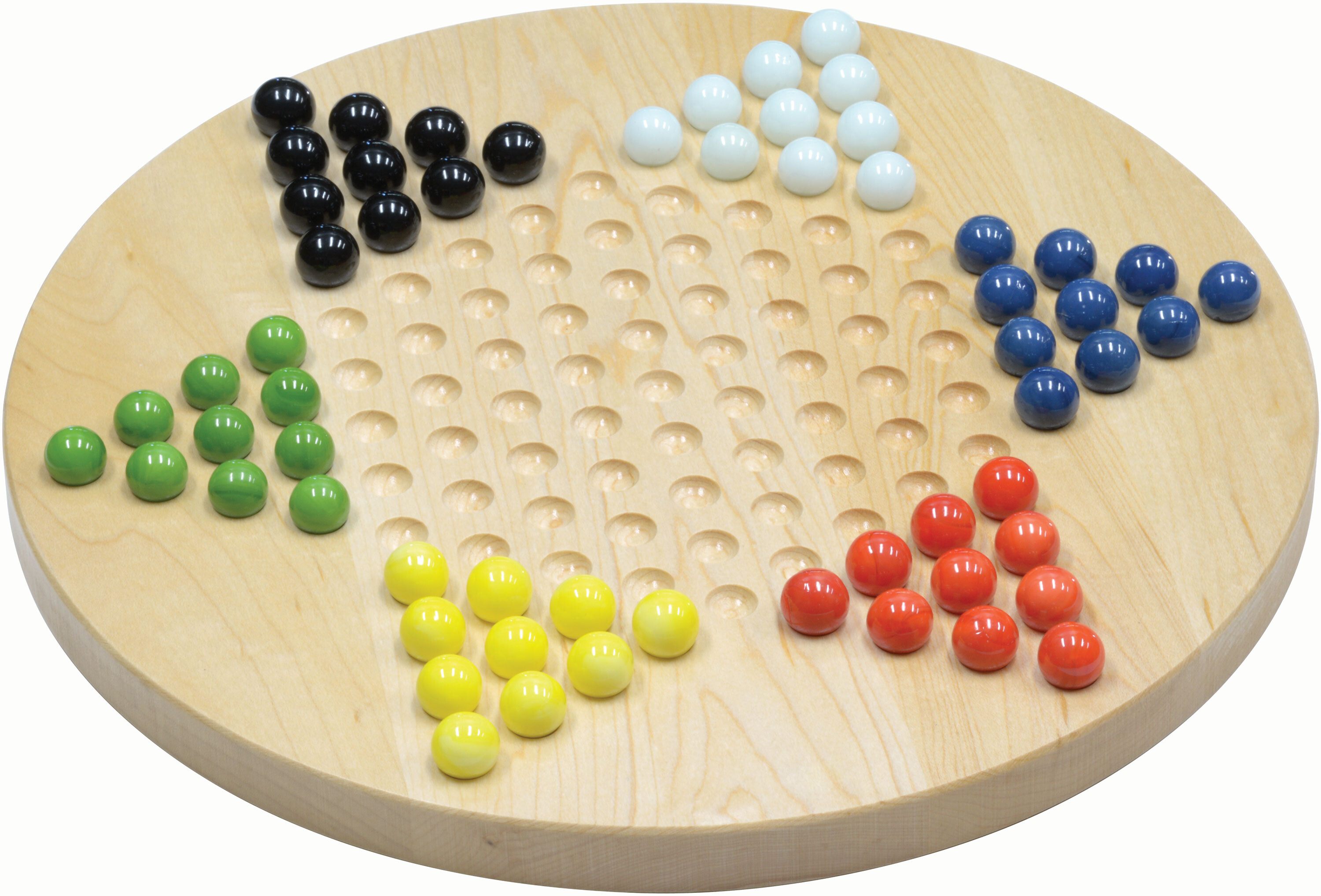
Turns proceed clockwise around the board. There is no capturing in Chinese checkers, so hopped pieces remain active and in play. A player may not combine hopping with a single-step move - a move consists of one or the other. Players take turns moving a single piece, either by moving one step in any direction to an adjacent empty space, or by jumping in one or any number of available consecutive hops over other single pieces. In "hop across", the most popular variation, each player starts with their colored pieces on one of the six points or corners of the star and attempts to race them all home into the opposite corner. (On bigger star boards, 15 or 21 pieces are used.) Each player has 10 pieces, except in games between two players when 15 are sometimes used. The aim is to race all one's pieces into the star corner on the opposite side of the board before opponents do the same. HistoryĪ single move can consist of multiple hops each piece hopped must be directly adjacent, and hops can be in any direction. The rules are simple, so even young children can play. Like other skill-based games, Chinese checkers involves strategy. The remaining players continue the game to establish 2nd, 3rd, 4th, 5th, and last place finishers. The objective is to be first to race one's pieces across the hexagram-shaped board into "home" - the corner of the star opposite one's starting corner - using single-step moves or moves that jump over other pieces. The game is a modern and simplified variation of the American game Halma. Another popular format uses colored pegs in holes.Ĭhinese checkers (US spelling) or Chinese chequers (UK spelling) is a board game of German origin which can be played by two, three, four, or six people, playing individually or with partners. It was originally called Stern-Halma in Germany and then Hop Ching Checkers in the United States.A typical pitted-wood gameboard using six differently colored sets of marbles.

The name Chinese Checkers was just a marketing play when the game was brought to America.The game has little to do with normal checkers, but comes from a game called Halma.The game was not invented in China, but rather in Germany.Is often played with the youngest player getting the advantage.Ħ players - each player has a separate color of marbles and tries to move them to the opposite corner. One player will have an empty space opposite, giving them the advantage. Two opposite sides are left open.ĥ players - this is sometimes not considered a legal option. If using 2 sets, then the players set up their colors on opposite sides and must move their colors to their own opposite side.Ĥ players - this way is standard Chinese checkers. If using 1 set, then the players must move to the opposite empty star point. You can also play with multiple sets of marbles where each player plays 2 or 3 sets or colors of marbles and has to move all of them across the board to win.ģ players - 3 players can be played with 1 or 2 sets of marbles. You can move in any direction.ĭepending on the number of players there are different ways to play Chinese checkers:Ģ players - with two players you move all your marbles across the board to other player's start point.

You do not have to hop over a marble if you don't want to. You can hop over your own or your opponent's marbles. See the blue path of hops in the picture below for an example. You can only jump over 1 marble at a time (for example you can't jump over 2 marbles that are next to each other), but you can do multiple jumps on the same turn as long as the hops are all lined up. The marble can be moved to an adjacent open space or may jump over other marbles that are right next to the marble. When a player takes a turn, they may move one marble. The object of the Chinese checkers is to get all of your marbles to the opposite point of the star. Each player has 10 colored marbles that start out inside the point of the star. There are lots of places in the star where marbles fit. We'll discuss the most popular way called the "hop across" version here.Ĭhinese Checkers uses a special board that looks like a six pointed start. There are some different ways to play the game.

Chinese Checkers is a fun game to play with 2 to 6 players.


 0 kommentar(er)
0 kommentar(er)
